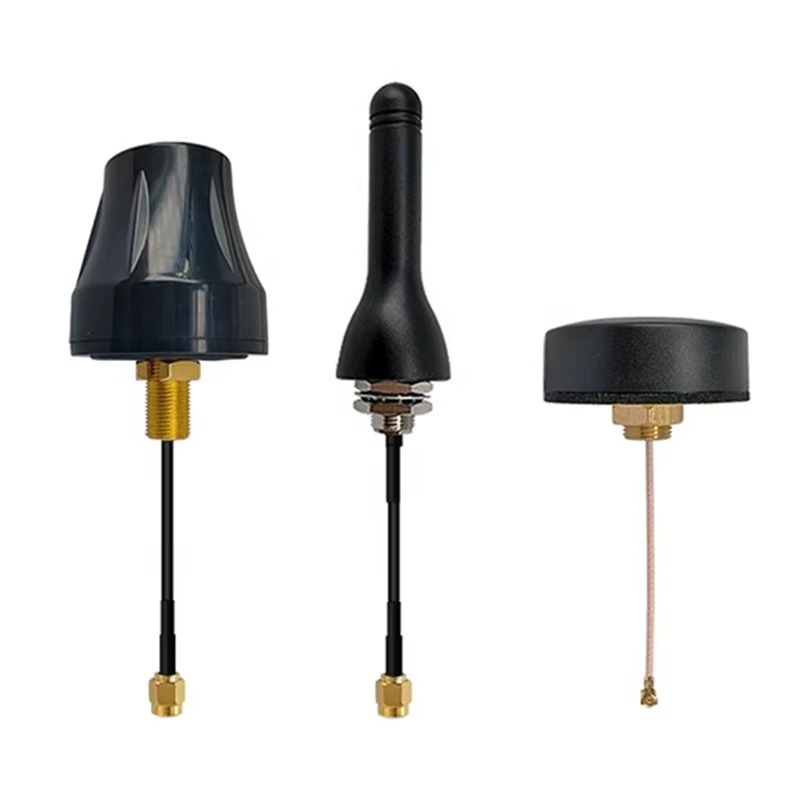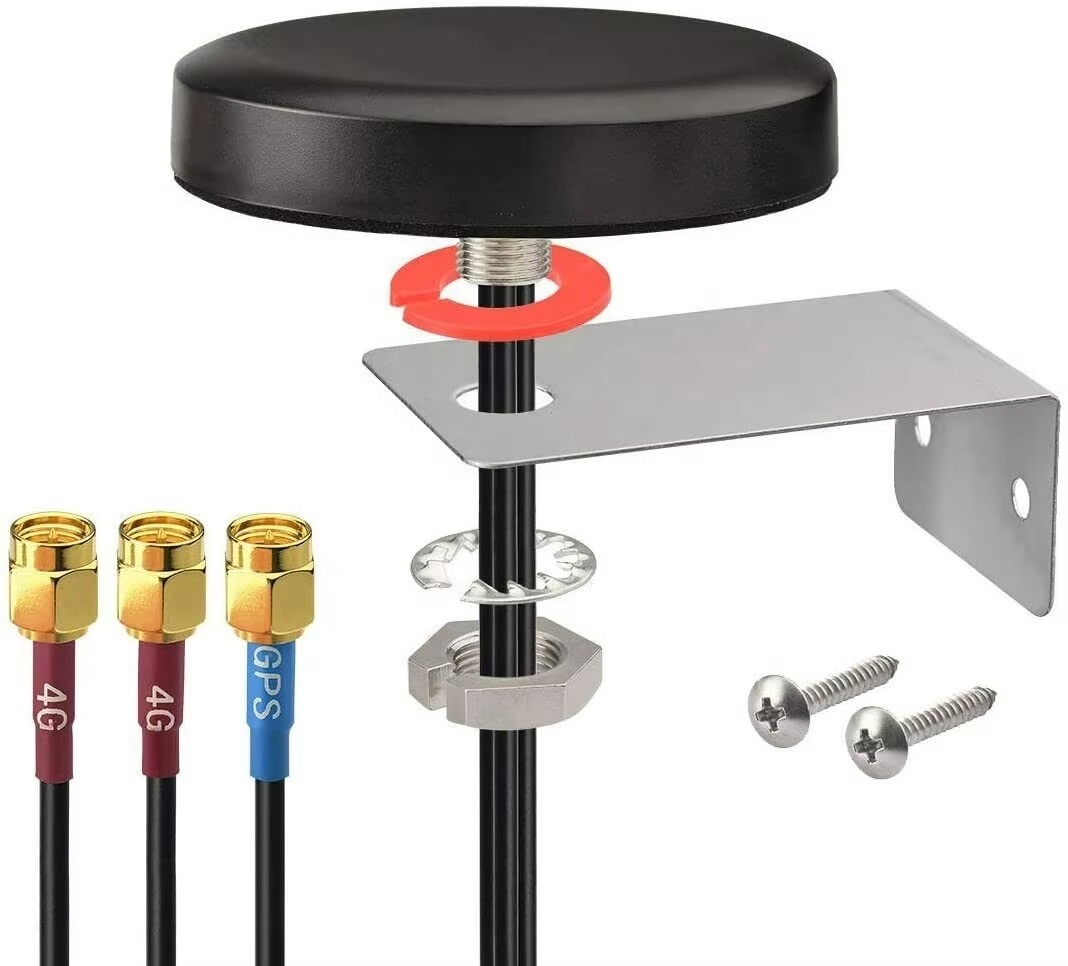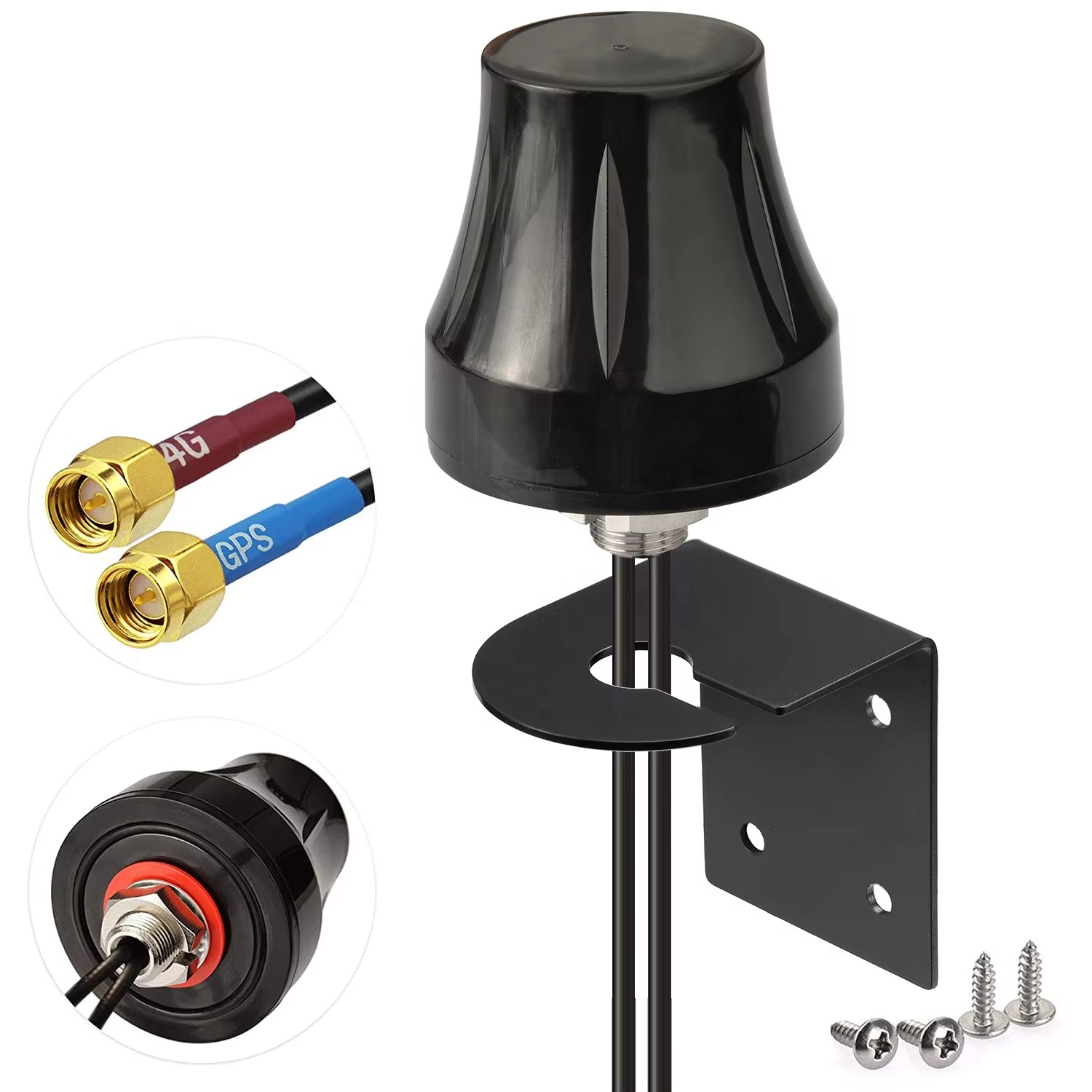The Low Profile Ceramic Antenna’s versatility makes it indispensable across a range of applications, particularly in cabinets and smart devices:
Smart Cabinets: In retail, healthcare, or industrial settings, smart cabinets use the antenna for inventory tracking (via GPS for asset location), GSM for remote monitoring of stock levels, and WIFI for local data synchronization. For example, a pharmacy cabinet can track the removal of medications via GPS-tagged sensors, send low-stock alerts via GSM, and sync data with a cloud platform via WIFI—all enabled by the antenna’s multi-band capabilities.
Industrial IoT Sensors: Mounted on machinery or in factory enclosures, the antenna connects sensors to networks for real-time data transmission. It provides GPS location for asset tracking, GSM for communication in remote industrial zones, and WIFI for local network integration, supporting predictive maintenance and process optimization.
Consumer Electronics: In smart home devices such as security cameras, smart displays, or robotic vacuums, the antenna enables GPS for geofencing (e.g., limiting a robot’s range), GSM for alerts, and WIFI for app connectivity. Its low profile ensures it fits within slim device designs.
Logistics and Asset Tracking: In shipping containers or delivery cabinets, the antenna tracks location via GPS, communicates status updates via GSM, and connects to warehouse WIFI networks for seamless handoff between transportation and storage.
Advantages Over Traditional Antennas
The Low Profile Ceramic Antenna offers several key advantages over traditional single-band or bulkier antennas:
Space Efficiency: Its low profile and ceramic core allow integration into compact devices where larger antennas would be impractical.
Multi-Band Convenience: By combining GPS, GSM, and WIFI into one unit, it reduces the need for multiple antennas, simplifying device design and lowering costs.
Environmental Resilience: The rugged housing and shielding protect against EMI, dust, and physical damage, ensuring reliability in harsh or busy environments.
Flexible Integration: Screw mounting, diverse connectors, and polarization options make it adaptable to a wide range of applications, from consumer gadgets to industrial systems.




































































 Language
Language
 En
En Cn
Cn Korean
Korean

 Home >
Home > 







 18665803017 (Macro)
18665803017 (Macro)













